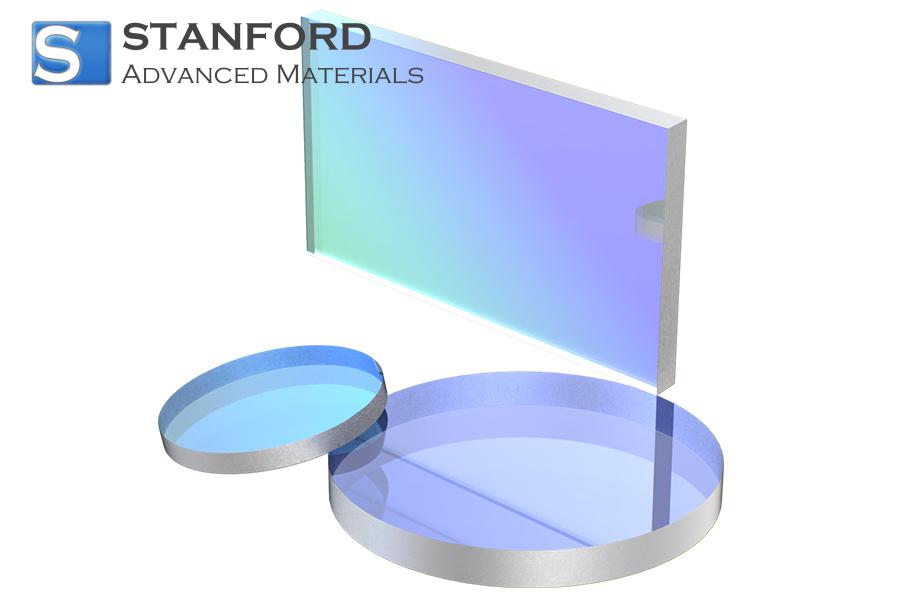All About Niobium-Titanium Superconducting Materials
Introduction
Superconducting materials have been implemented in many modern devices. They are employed in systems that require efficient magnetic and electrical conduction. Niobium‐titanium is used frequently. This alloy is characterised by flexibility, low cost and consistent performance under extremely low temperatures. Its use in technical applications provides practical benefits.
Composition and Structure
Niobium‐titanium alloys typically consist of approximately 47% niobium and 53% titanium. This ratio may vary slightly according to application requirements. The alloy’s structure is based on a body-centred cubic arrangement. In simple terms, the atoms form a stable, repetitive pattern.
The superconducting state is achieved when the material is cooled below approximately 9.2 Kelvin. At these low temperatures, the alloy exhibits zero electrical resistance. This property is significant for precision applications in which energy losses are critical.
Further reading: Types of Superconducting Materials and Their Applications
Superconducting Properties
The superconducting behaviour of niobium‐titanium is defined by several quantifiable properties.
The critical temperature is approximately 9.2 Kelvin. When subjected to strong magnetic fields, superconductivity is maintained up to nearly 15 Tesla.
The critical current density remains high, particularly in wires that consist of multiple strands. This high current density allows the alloy to handle large currents without losses.
Given these properties, niobium‐titanium alloys are suitable for use in demanding operational environments.
Advantages of Niobium-Titanium Superconductors
The niobium‐titanium alloy offers several practical advantages.
Firstly, it may be drawn into thin wires and formed into complex multifilament structures due to its high ductility. This processing ability is uncommon among superconductors.
Secondly, its cost is relatively low compared with certain high-temperature superconductors or other types such as niobium-tin.
Thirdly, its mechanical strength is high. It withstands elevated electromagnetic forces and thermal stresses consistently.
Finally, the alloy may be easily combined with stabilising metals such as copper or copper-nickel. This procedure ensures that the superconducting wires remain safe in the event of a sudden loss of superconductivity.
Common Applications
Niobium‐titanium forms the basis of many modern electromagnetic devices.
In magnetic resonance imaging (MRI) scanners it is the primary material used for the main coils. Consequently, hospitals obtain clear images. Particle accelerators in research centres utilise niobium‐titanium coils for precise steering and focusing of particle beams. In equipment such as the Large Hadron Collider these superconducting magnets are essential. Fusion facilities that employ magnetic confinement, for example Tokamak reactors, rely on niobium‐titanium coils to generate safe and strong magnetic fields. Research laboratories use small high-field magnets made from this alloy. It is also applied in superconducting magnetic energy storage systems, where rapid discharge is required to maintain energy stability during peak loads.
Limitations
Despite its many advantages, niobium‐titanium superconductors have certain limitations.
The material must be cooled with liquid helium because its superconductivity occurs only at very low temperatures. Consequently, this requirement may increase costs and technical complexity.
The alloy ceases to be superconducting in magnetic fields significantly exceeding 15 Tesla. Consequently, its use in applications requiring very high fields is limited.
In contrast to some high-temperature superconductors, it is less effective in higher temperature environments. These issues have been considered alongside its benefits in many practical contexts.
Frequently Asked Questions
Q: What is the typical composition of a niobium‐titanium alloy?
Q: The typical composition is approximately 47% niobium and 53% titanium.
Q: At what operating temperature does niobium‐titanium exhibit superconductivity?
Q: Niobium‐titanium begins to exhibit superconductivity below approximately 9.2 Kelvin.
Q: In which important devices is niobium‐titanium employed?
Q: It is commonly used in magnetic resonance imaging scanners for hospital magnet coils.

 Bars
Bars
 Beads & Spheres
Beads & Spheres
 Bolts & Nuts
Bolts & Nuts
 Crucibles
Crucibles
 Discs
Discs
 Fibers & Fabrics
Fibers & Fabrics
 Films
Films
 Flake
Flake
 Foams
Foams
 Foil
Foil
 Granules
Granules
 Honeycombs
Honeycombs
 Ink
Ink
 Laminate
Laminate
 Lumps
Lumps
 Meshes
Meshes
 Metallised Film
Metallised Film
 Plate
Plate
 Powders
Powders
 Rod
Rod
 Sheets
Sheets
 Single Crystals
Single Crystals
 Sputtering Target
Sputtering Target
 Tubes
Tubes
 Washer
Washer
 Wires
Wires
 Converters & Calculators
Converters & Calculators
 Write for Us
Write for Us





 Chin Trento
Chin Trento



